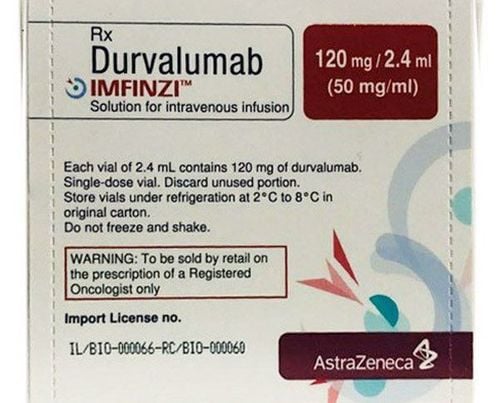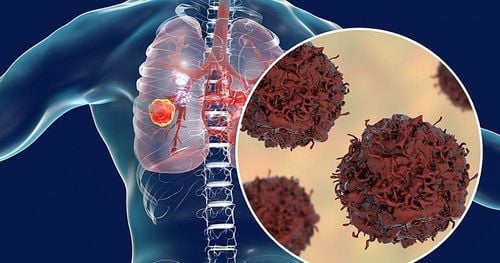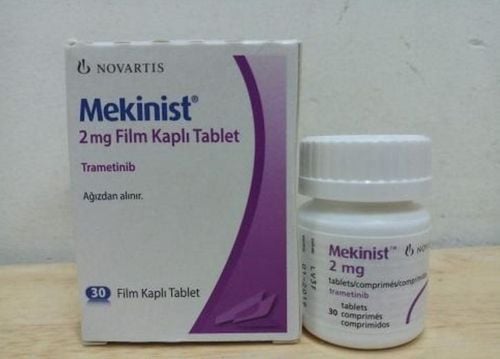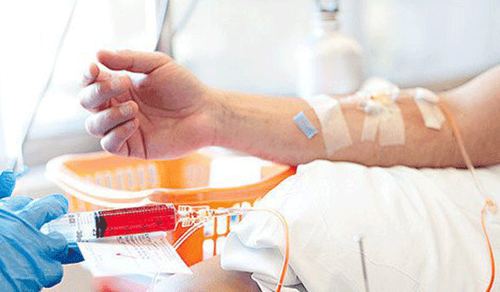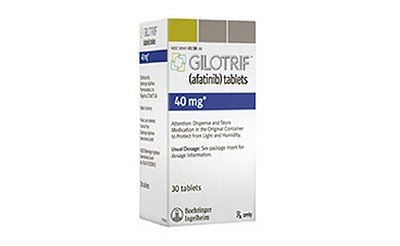This is an automatically translated article.
Chemotherapy in the treatment of lung cancer is an important method to help control malignant cancer cells and prevent the spread of cancer cells to other organs. This is an important method, but there are still some side effects that occur during the treatment of lung cancer. Learn more about chemotherapy in cancer treatment through the article below.
1. What is chemotherapy for lung cancer?
Chemotherapy for lung cancer is a common treatment method, using cytotoxic chemotherapy drugs, systemic treatment to help prevent the division of cancer cells from spreading to other parts. .
Chemotherapy drugs are injected directly or used orally and chemotherapy can be used alone or in combination with other methods such as radiation therapy, surgery, etc. The chemotherapy regimen will depend on on the stage of the disease and the patient's condition. Usually, chemotherapy is used in the following cases:
Preoperative chemotherapy: Helps adjuvant, reduces tumor size so that surgery to remove them takes place smoothly. Postoperative chemotherapy: Used to remove residual malignant cells when surgery cannot completely remove them. Advanced stage cancer using chemotherapy alone: At this stage, the tumor is too large and has spread to other parts, so chemotherapy helps control cancer cells and shrink the tumor. prolong the life of the patient.
2. How is chemotherapy for lung cancer?
Chemotherapy for lung cancer will use cancer treatment drugs put inside the body in 2 forms: intravenous injection or oral route.
Oral chemotherapy drugs are usually in pill or liquid form and are taken directly by mouth. Chemotherapy drugs by injection or infusion will be given into the body using specialized equipment injected into a vein. The course of chemotherapy for lung cancer is usually performed in cycles and usually lasts from 4-6 cycles depending on the disease status of each patient. Patients need a period of rest between chemotherapy cycles to allow the body to recover before entering the next treatment.
3. Methods of treating lung cancer with chemotherapy
In case of non-small cell lung cancer, doctors will prescribe chemotherapy to treat in specific cases such as:
After surgery for early stage lung cancer. Used in conjunction with radiation therapy. When lung cancer has metastasized and invasive locally, chemotherapy is used to provide palliative treatment for lung cancer at this stage. Chemotherapy after surgery to reduce the risk of cancer coming back for early-stage non-small cell lung cancer. Conventional treatment for NSCLC involves a combination of 2 chemotherapy drugs, the addition of a 3rd chemotherapy drug that has the potential to cause side effects, or the use of 1 chemotherapy drug that may not be tolerated. well-loaded chemotherapy. The following are some of the therapeutic drugs used in the common non-small cell lung cancer regimen:
Cisplatin Carboplatin Paclitaxel (Taxol) Albumin-bound pacuminaxel (Abraxane, nab-paclitaxel) Docetaxel (Taxotere) Gemcitabine Vinorelbine Irinotecan (Camptosar) Etoposide Vinblastine Pemetrexed (Alimta)
4. What are the side effects of chemotherapy for lung cancer?
The use of chemotherapy in the treatment of lung cancer in particular and all other types of cancer in general can cause some side effects. Because chemotherapy is a systemic therapy, drugs put into the body only kill cancer cells but also have certain effects on healthy cells. The side effects of chemotherapy for lung cancer also depend on the type of drug used, the dose, the frequency of use, the patient's location, the degree of major organ dysfunction in the body, ..
Here are some side effects of chemotherapy for lung cancer such as:
Decreased red blood cell count, decreased platelets and white blood cells Fatigue, nausea or vomiting, hair loss, diarrhea, loss of appetite... These side effects will go away when the chemotherapy is finished and will react differently for each patient. Mouth pain, mouth ulcers, loss of appetite Risk of infection Finger/foot numbness from peripheral neurotoxicity... Usually these side effects go away after stopping treatment, but they can persist long-term in some patients. So to reduce the side effects of chemotherapy for lung cancer, doctors often combine chemotherapy with immunotherapy.
Lung cancer is a dangerous disease with a high mortality rate, so patients need to go to the doctor and have regular cancer screening. This will help detect the tumor early and when treated early, the cure rate is very high. Therefore, if the patient sees any abnormality in the body, please go to the doctor for advice and persistently treat according to the doctor's regimen for the best effect.
Please dial HOTLINE for more information or register for an appointment HERE. Download MyVinmec app to make appointments faster and to manage your bookings easily.




